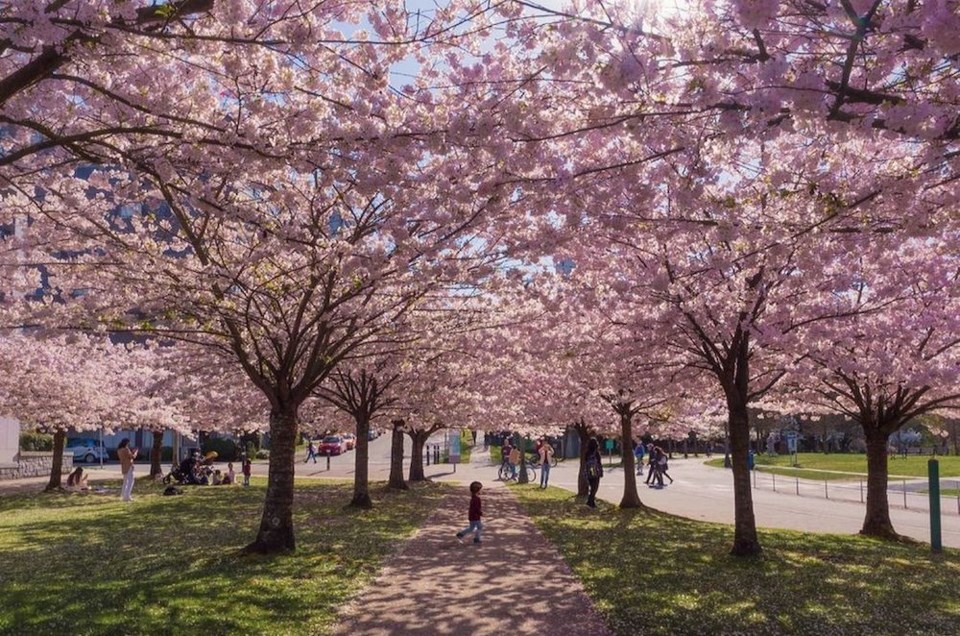Locals might enjoy some warmer temperatures in and around Vancouver this spring but there could be some chilly surprises over the next few months.
Thanks largely to the presence of El Niño, multiple cities across B.C. experienced their warmest December on record at the end of 2023. In the final days of January 2024, several Metro Vancouver cities broke records for daytime highs, with Vancouver International Airport (YVR) climbing to a soaring high of 14.3 C, which is about double the seasonal average.
El Niño refers to the appearance of warmer-than-normal waters in the Pacific and typically produces warmer winters in the Lower Mainland. But Environment Canada's Alyssa Charbeannu said the weather phenomenon doesn't provide a complete picture of how a season will play out.
The national forecasting department is calling for a warmer-than-average spring and there's a great deal of confidence behind that prediction, with models indicating an 80 to 90 per cent likelihood that temperatures will average on the milder side.
"The long-range forecast includes above-normal temperatures in March, April, and May," she told V.I.A.
Meteorologists follow the Gregorian calendar; what's called "meteorological spring" begins March 1.
How El Niño affects the spring Metro Vancouver weather forecast
The above-average signal is an average of temperatures over the three months but it doesn't provide data about specific weather events, such as the presence of Arctic air in the region. In mid-January, for example, a blast of bone-chilling air was responsible for record-breaking cold and set the stage for a pair of snow events that slowed traffic to a halt for several days.
That mid-January deep freeze is proving catastrophic for British Columbia, as grape-growers in the province's Interior region are expecting a 99 per cent crop loss this year.
"These are general conditions but you could still have colder than normal spells throughout [the three months of spring]," the meteorologist noted.
Most global weather models currently show that El Niño will transition to ENSO-neutral sometime around May and then to a La Niña pattern by July through September, according to The International Research Institute for Climate and Society.
El Niño can continue to impact local weather heading out of winter and into spring, meaning the mild weather could continue into at least April.
The B.C. River Forecast Centre’s latest snowpack and water supply bulletin shows the province’s snowpack has dipped to “very low” levels, averaging 61 per cent of normal. That’s 18 per cent lower than the snowpack at this time last year.
A lack of snow has combined with lingering impacts of drought to create “significantly elevated drought hazards for this upcoming spring and summer,”
When asked if the parched region will see a wet respite in the spring, Charbeannu said there isn't a reliable signal indicating how much rain to expect.
"But even if they were, long-range [precipitation models] aren't reliable," she noted.
Short-term Metro Vancouver weather forecast
Metro Vancouverites shouldn't brace for any significant weather in the week starting on Friday, Feb. 16. While there are some showers in the forecast, Environment Canada isn't tracking any major storm systems.
Temperatures may climb into the double digits next week, reaching daily highs of 10 C or 11 C with overnight lows averaging a milder 4 C, marking a shift from frigid, clear nights.
"Toward the end of February there are hints of cooler conditions but it's still a couple of weeks away," Charbeannu added.
"We will have to watch to see how the month plays out."
With files from Stefan Labbe
Stay up-to-date with hyperlocal forecasts across 50 neighbourhoods in the Lower Mainland with Weatherhood.



